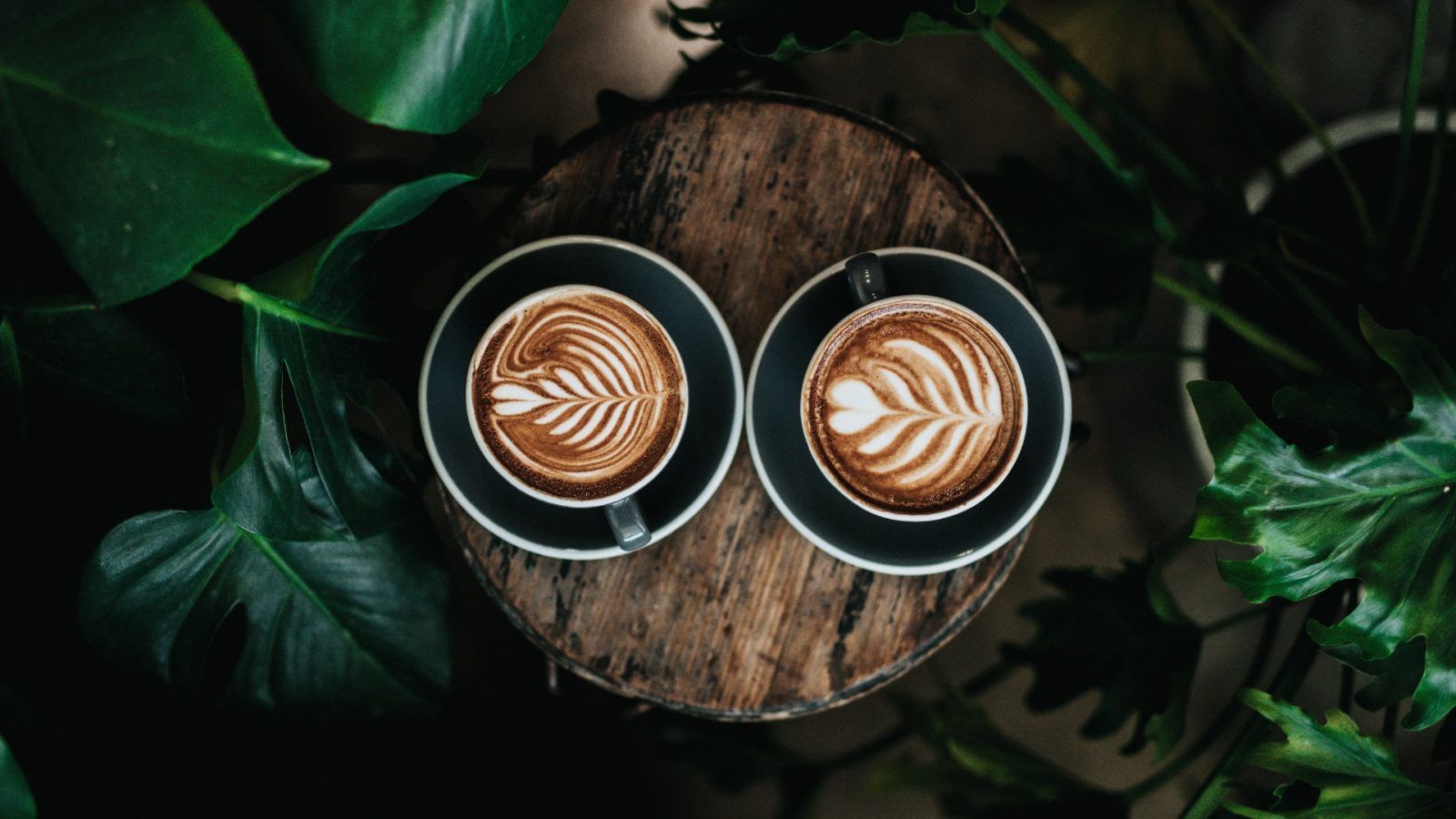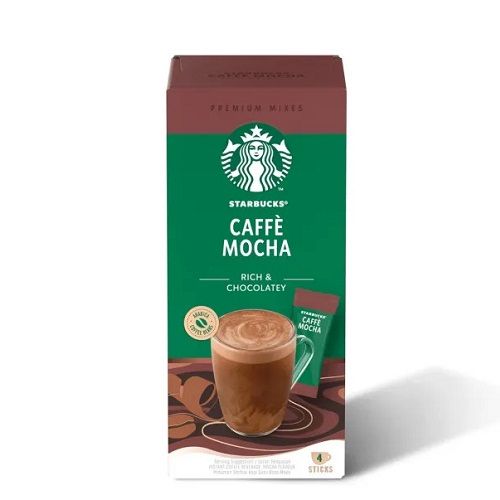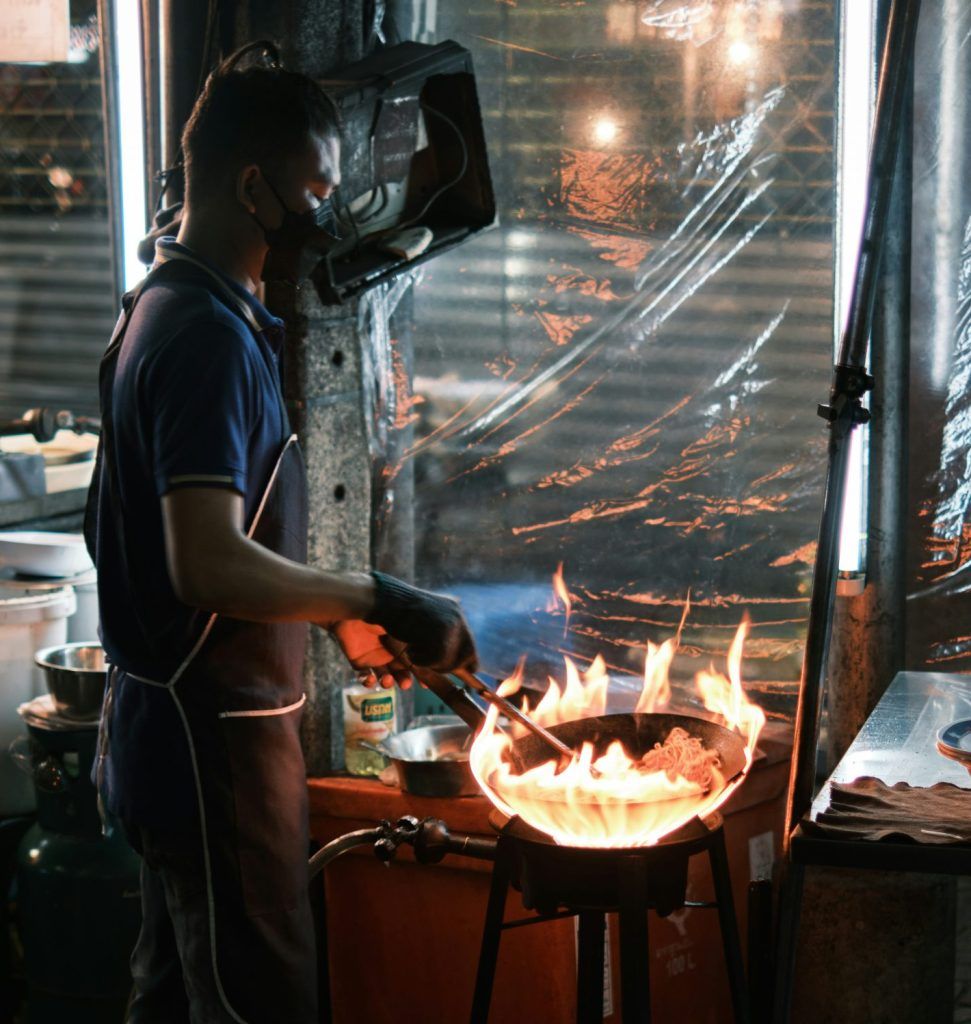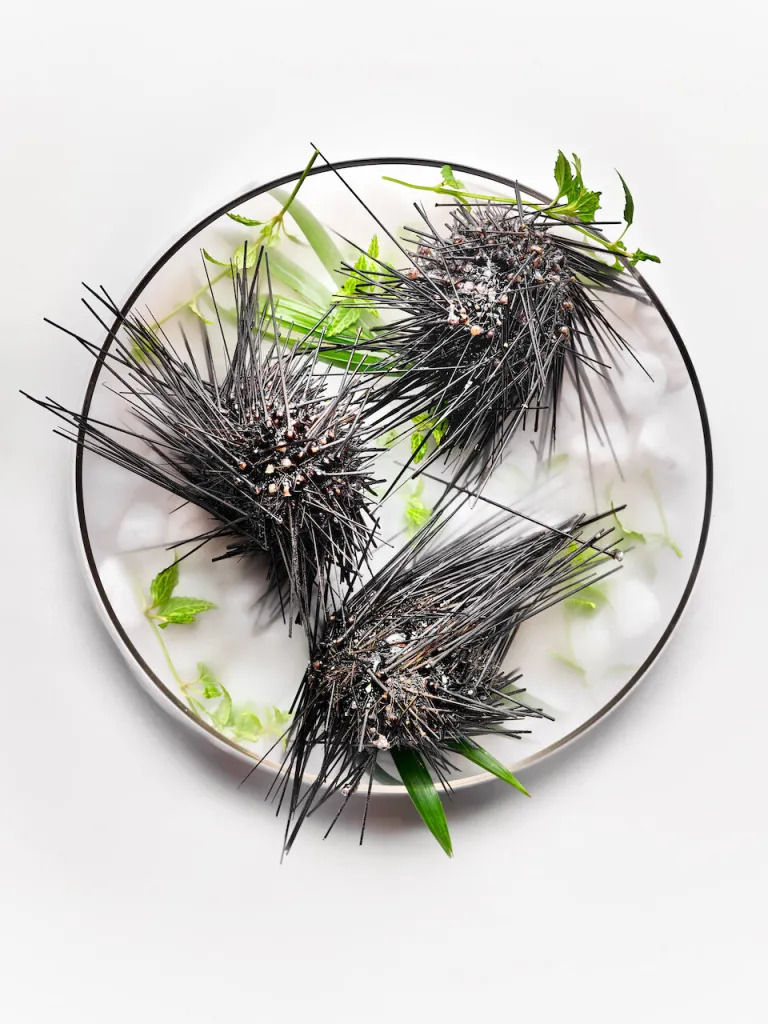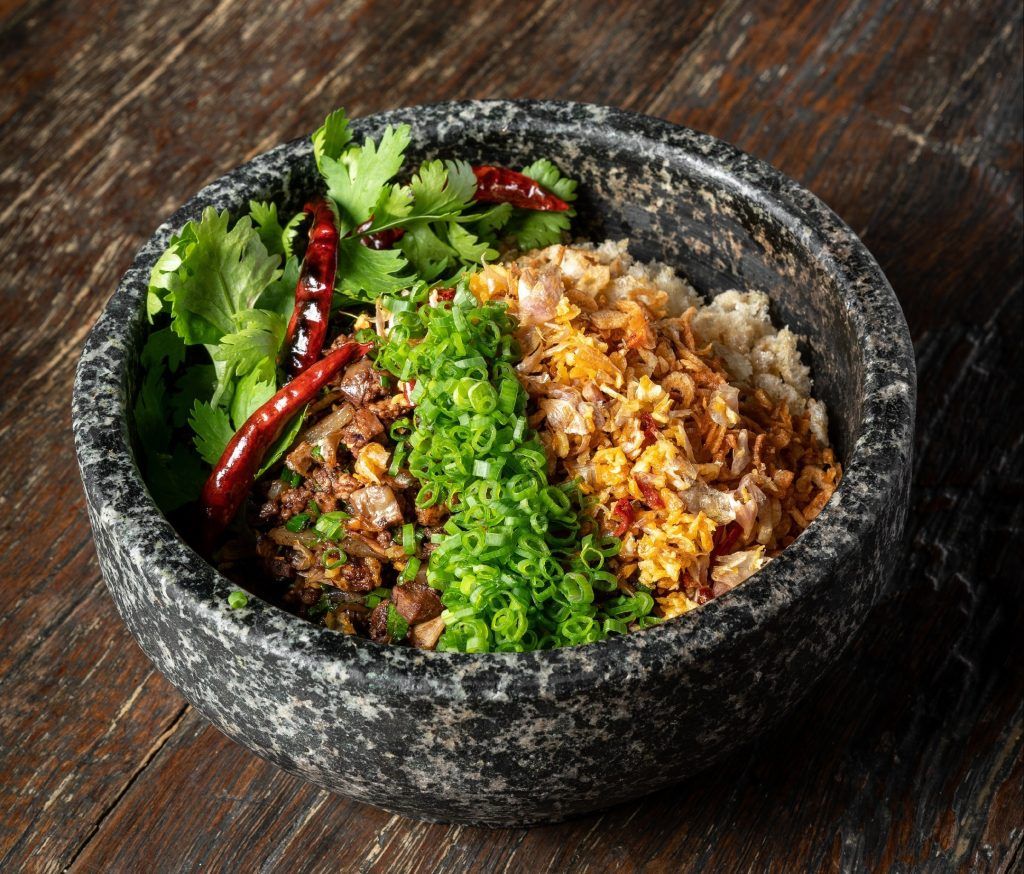Be it a freezing winter morning or a hot summer afternoon, a cup of instant coffee is always what every ‘caffeineaholic’ longs for. And, why not? The soothing aroma of powdered coffee on a busy day offers the right amount of relaxation one needs, doesn’t it?
Coffee enthusiasts would agree that the beverage does more than just kick-start the day. It’s an emotion, a desire, and offers comfort in every sip. While they may prefer a certain type, instant coffee is the quickest to make. However, many other attributes of this variant make it so special.
Here are all the details about instant coffee
Origin
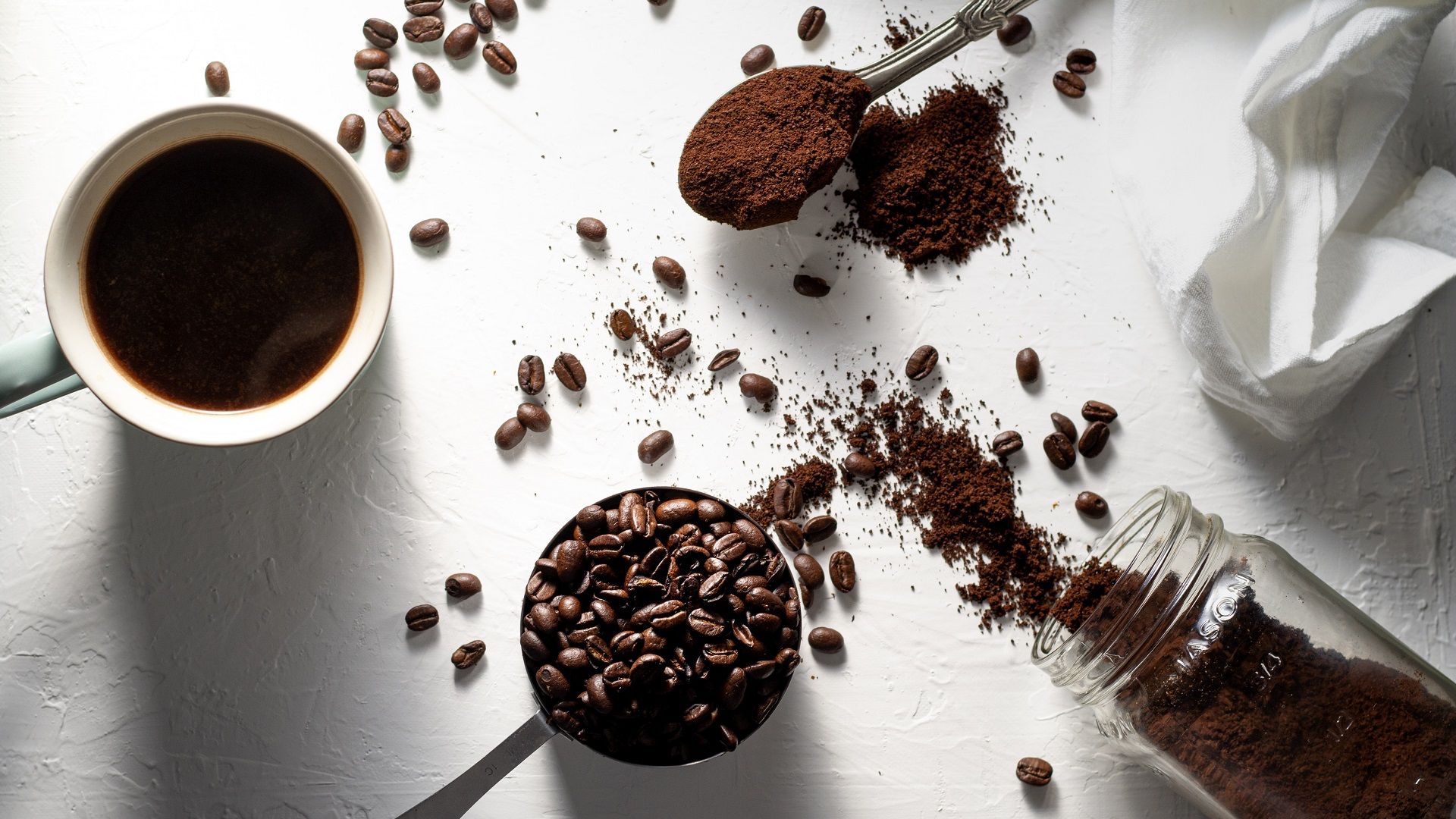
According to the Oxford Companion to American Food and Drink, the history of instant coffee dates back to 1771 when John Dring from England discovered the first instant coffee and got it patented by the British Government as ‘coffee compound’.
Cut to 1890, David Strang, a resident of New Zealand, discovered a technique to make this variant of the beverage. His unique procedure for producing coffee was known as the Dry Hot-Air process, and the product was sold as Strang’s Coffee.
Yet, it was not as famous back then. It only came to light after Satori Kato, a Japanese scientist from Chicago, offered ‘instant coffee’ to the general public at the Pan-American Exposition of 1901.
Some years later, in 1909, an English chemist George Constant Louis Washington invented a new method for producing this type of coffee, which resulted in the making of dried coffee crystal that is very similar to what we consume today.
In 1910, he established the G. Washington Coffee Company in New York to produce and market his beverage. Since American soldiers brought this coffee to the front lines during World War I, the company grew to be a significant military supplier. During the war, instant coffee was so widely used that American soldiers referred to their coffee as “a cup of George.”
Finally, in 1930, Nestle started optimising the method to produce instant coffee at the request of the Brazilian government. In 1937, Nestle scientist Max Morgenthaler developed a new instant coffee preparation technique and introduced it to the global market in 1938. This further led to an increase in the variety of instant coffees such as Nescafé Gold, a freeze-dried instant coffee.
How a coffee bean is processed to yield powdered coffee
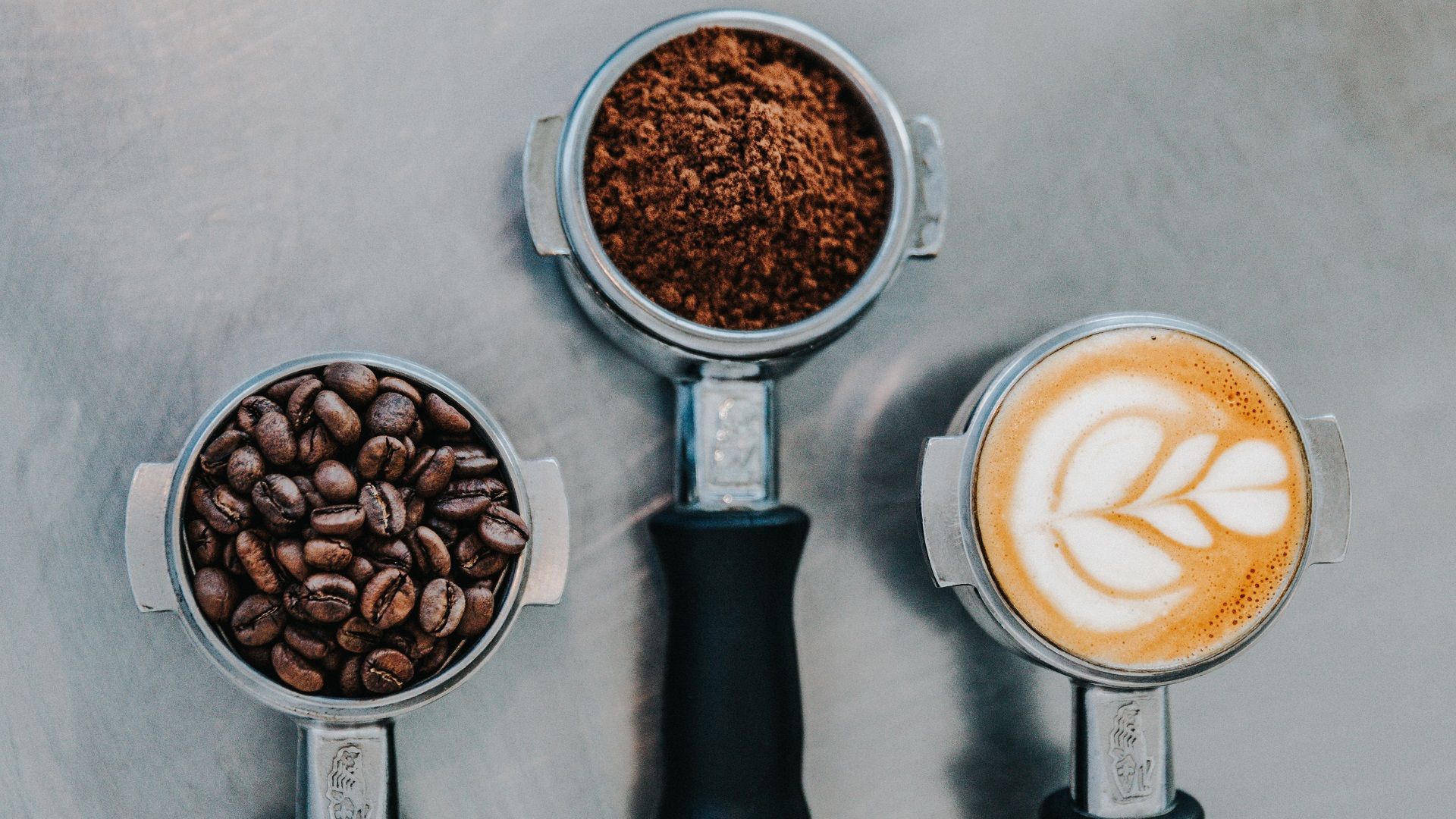
Although coffee beans are obtained from plants, they cannot be consumed as is. Instead, they endure a series of steps which results in the production of aromatic and flavourful beans. The process includes:
Grading: After harvesting green coffee beans, they are treated, hulled, graded and roasted. Coffee is graded and classified to help buyers and sellers negotiate by providing a guarantee of the product’s origin, nature and quality.
Decaffeination: The fundamental method for decaffeination uses lipids, carbon filtration, carbon dioxide extraction, or chemical solvents, and involves extracting caffeine from coffee before it is roasted to create decaf. This is done for those who like to enjoy the taste of coffee but cannot stand the shock that comes from caffeine. However, no matter how efficient the decaffeination process is, the caffeine is never completely gone from the coffee, according to Britannica.
Roasting: Further, the roasting process’s high temperatures aid in the development of coffee beans’ flavour and aroma. Depending on the type of light or dark roast required, temperatures are gradually adjusted from roughly 180 to 250 degree Celsius and heated for somewhere between 7 and 20 minutes. The development of the distinctive scent of coffee, which results from extremely complicated chemical reactions within the bean, is the most significant result of roasting.
Grinding: The final step entails running the beans through a series of rollers with smaller gaps that are scored or serrated to split the beans before grinding them into a coarse or fine powdered coffee.
Producing instant coffee and its types
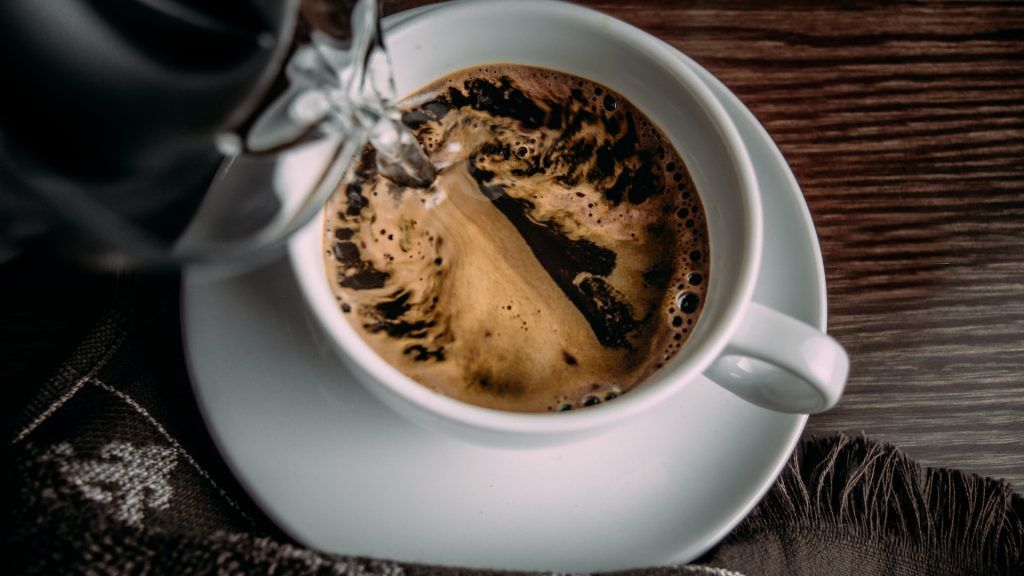
Brewing and evaporation: At this stage, powdered coffee is treated to produce instant coffee. The roasted and ground coffee is brewed by adding hot water to it. Then, it is delivered to a massive evaporation tank where coffee is passed through pipes for the water to evaporate and drain.
Extraction: Now, to extract the flavour and aroma from treated coffee, the product from the previous process is passed through multiple extraction cells. This enhances the coffee’s potency and concentration, to produce the best quality coffee extract, which is full of natural aroma and flavour.
Drying: Lastly, coffee is dried using a variety of methods based on the type of coffee a company aims to produce. However, the result is always the same — well-dried coffee that can be packaged and sold. Following are types of instant coffee based on the ways of drying it:
Freeze-dried instant coffee
As far as instant coffee goes, freeze-dried ones are generally considered to be the best option made out of high-quality coffee beans such as Arabica. When the coffee extract goes through this process, it is granulated after being frozen at a temperature of roughly -40 degree Celsius. Then, the frozen granules are vacuum-dried at a low temperature. The temperature and careful drying procedures safeguard the purity of the fragrance and flavour.
Spray-dried instant coffee
Spray-dried instant coffee is a less expensive variant of coffee as lower-quality coffee beans are used to make it. Also, the fluid is evaporated using a hot stream in the spray-drying process for coffee. This means the coffee is being ground under intense pressure in a tube with hot air streaming through it. This process is less expensive but a lot of the coffee’s natural flavour is lost.
How to make a perfect cup of instant coffee?
You can prepare a serving of the beverage in two ways — hot and cold. So, let’s create two basic yet perfect coffee recipes.
Instant cold coffee
Ingredients: 1 tbsp instant coffee, 2 tbsp hot water, ice cubes, 1 cup milk, granulated sugar as per taste
Method: Pour the instant coffee into a glass and add hot water. Stir it until the coffee completely dissolves. Now, add granulated sugar and stir again. Lastly, pour in the milk and blend with a hand mixer if you prefer a frothy drink.
Top it with some cocoa powder or chocolate syrup, and enjoy your cold iced coffee.
Instant hot coffee
Ingredients: 1 tbsp instant coffee, 2 tbsp water, ice cubes, 1 cup milk, granulated sugar as per taste
Method: Heat the water in a vessel and then add the coffee to it. Let the mixture come to a boil. Now add granulated sugar and milk to it and bring it to a boil again.
Lastly, blend and forth your coffee using a hand blender or immersion blender. Pour into glasses and top them with some hot milk cream.
Dalgona Coffee
Ingredients: 1 tbsp instant coffee, 3 tbsp sugar, 2 tbsp boiling water, 1.5 cups of milk, ice cubes, 1/4 tsp cocoa powder
Take coffee, sugar and boiling water in a mixing bowl and whip it till the mixture is creamy and thick, using a small whisk or a spoon. Now, take about 2 to 3 ice cubes in two mugs or glasses and divide the milk between them. Do the same with the whipped coffee by equally distributing it between the two glasses. Sprinkle some cocoa powder on the coffee and serve.
Buy Instant Coffee Here
(Hero and featured image credit: Nathan Dumlao/Unsplash)
Frequently Asked Questions (FAQs)
Answer: Instant coffee can be made in two ways — hot andor cold. Try making cold coffee and topping it with chocolate syrup or cocoa powder, or make a hot cup to sip on a winter morning.
Answer: According to 'Healthline,' "Instant coffee contains slightly less caffeine and more acrylamide than regular coffee, but it contains most of the same antioxidants. Overall, instant coffee is a healthy, low-calorie beverage that is linked to the same health benefits as other types of coffee.''
Answer: Instant coffee is basically manufactured from dried coffee extract but is more concentrated, which is how it varies from ground coffee.
Answer: Instant coffee is processed and packaged, which includes being ground into a powder. So, yes it's a form of powdered coffee but not the same as it.
Answer: Yes, instant coffee is real coffee as coffee beans are used to make it.

